Introduction to Chat GPT Models
GPT 4 vs GPT 5 – Artificial Intelligence has been evolving at lightning speed, and OpenAI’s Generative Pre-trained Transformers (GPT) are at the heart of this revolution. GPT-4 marked a significant leap forward in conversational AI, but the arrival of GPT-5 has taken things to an entirely new level. Many businesses, developers, and everyday users are now wondering — what’s the real difference in the battle of GPT-4 vs GPT-5?
In this detailed guide, we will break down the key upgrades, performance changes, and use-case improvements so you can understand exactly which model fits your needs.
Understanding GPT-4
GPT-4 was launched as a competent large language model with strong reasoning, improved accuracy compared to GPT-3.5, and the ability to handle more complex prompts. It was widely praised for its versatility in writing, coding, summarization, translation, and customer support automation.
With multimodal capabilities in certain versions, GPT-4 could process both text and images. However, its reasoning still had some limitations in multi-step problems, and it occasionally produced inaccurate or “hallucinated” answers. Despite this, GPT-4 set a new industry standard for AI quality in 2023–2024.
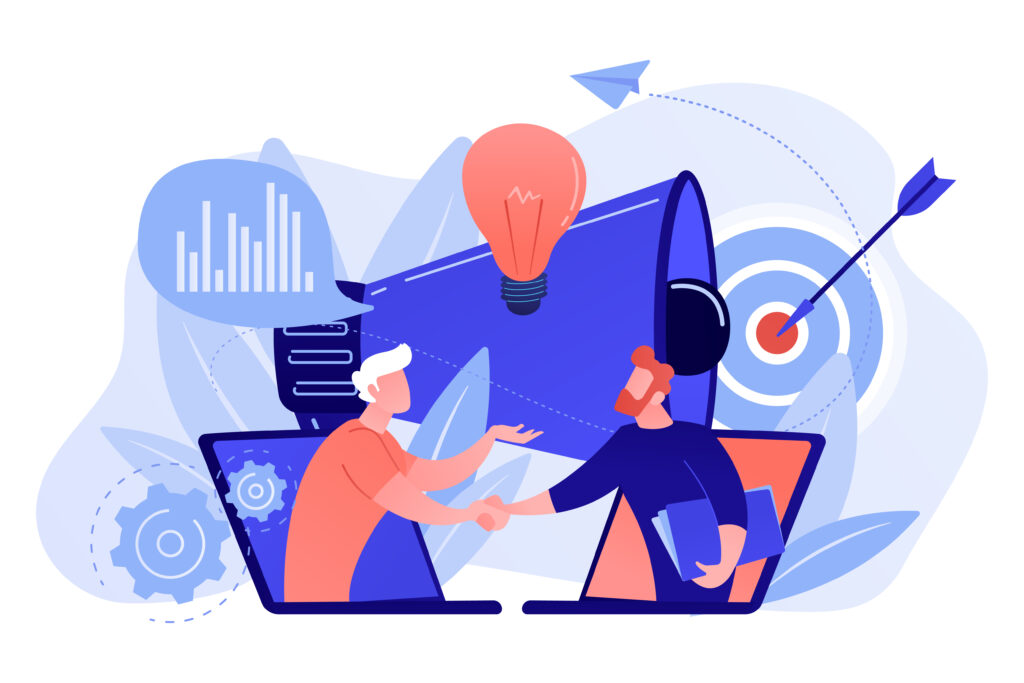
Introducing GPT-5
Released in August 2025, GPT-5 is OpenAI’s most advanced model yet. It is not just a minor upgrade — it is a complete overhaul with improved reasoning, faster processing, stronger multimodal features, and deeper personalization. OpenAI describes it as having “PhD-level intelligence” across multiple domains, from science and engineering to law, healthcare, and creative industries.
GPT-5 also comes with mini and nano versions for faster, more affordable responses in API usage, making it more accessible to developers and large-scale applications.
Reasoning and Intelligence
In the GPT-4 vs GPT-5 debate, one of the most noticeable upgrades lies in their reasoning capabilities. GPT-4 could handle logical questions well, but GPT-5 can approach problems with a deeper, more structured thought process. If you request detailed reasoning by saying “think step-by-step” or “analyze deeply,” GPT-5 switches to an advanced reasoning mode that produces answers closer to expert human thinking.
This makes GPT-5 far more reliable for tasks like:
- Complex coding solutions
- Scientific research analysis
- Legal document review
- Medical information synthesis

Speed and Performance
Another major improvement in GPT-5 is speed. GPT-4 could sometimes be slow for complex, multi-layered prompts, especially when producing long documents. GPT-5 responds faster without sacrificing quality.
For real-time applications like live customer support, meeting scheduling, or chatbots that need instant responses, GPT-5 offers a smoother and more natural conversation flow.
Multimodal Capabilities
Although GPT-4 brought in basic multimodal abilities, GPT-5 pushes these capabilities to a more advanced level. It has a stronger ability to understand and generate responses based on text, images, and, in certain integrations, audio. This allows businesses to create more interactive AI solutions — for example, a GPT-5 powered assistant could analyze a screenshot, interpret the contents, and guide in real time.
Personalization and Memory
One of the standout innovations in GPT-5 is its stronger emphasis on personalization. GPT-4 had limited memory features in testing, but GPT-5 can remember your preferences over time, adapt to your communication style, and even operate with different personalities — such as professional, friendly, or analytical.
You can choose the tone, set themes, and even select voice options for voice-enabled interactions. This makes GPT-5 ideal for long-term productivity assistance, personalized tutoring, and customer engagement.
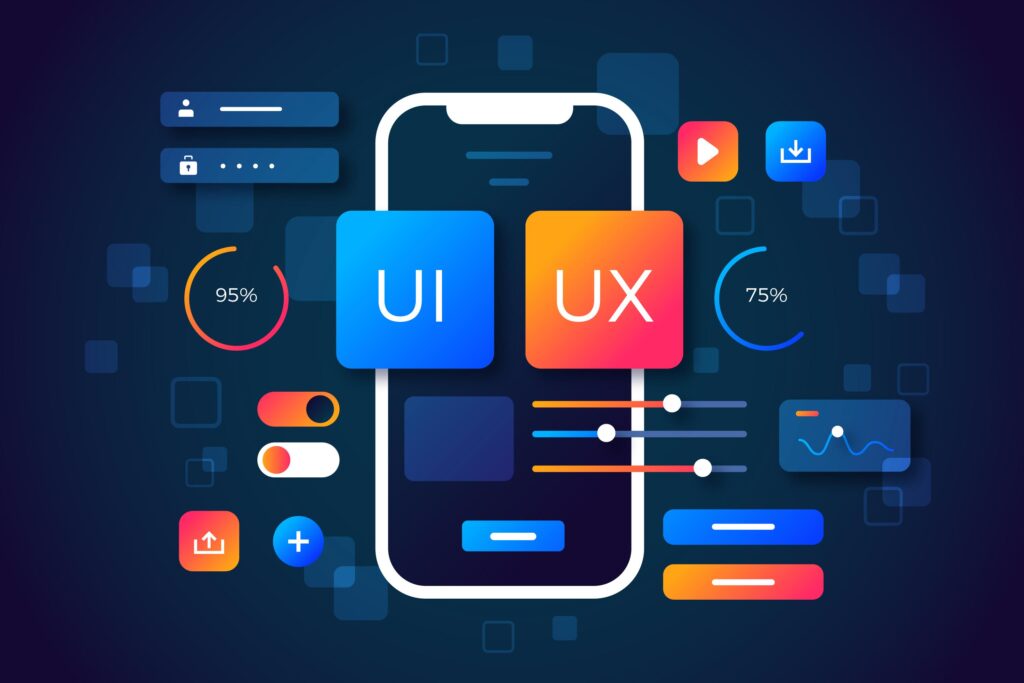
Tool and App Integration
In GPT-4 vs GPT-5, integration capabilities are another clear win for the newer model. GPT-5 has built-in compatibility with tools like Gmail, Google Calendar, Microsoft 365, and GitHub Copilot. This means you can:
- Read and draft emails
- Schedule meetings automatically
- Manage tasks and deadlines
- Assist with coding inside your development environment
These native integrations turn GPT-5 into a true all-in-one AI assistant, replacing multiple separate productivity tools.
Accuracy and Safety
GPT-4 was already safer and more accurate than its predecessors, but GPT-5 has significantly reduced hallucinations. Its responses are more grounded in verified data, and it is better at refusing unsafe or misleading requests.
For industries like healthcare, finance, and education — where accuracy is critical — GPT-5 is a more trustworthy choice.
Developer Advantages
For developers, GPT-4 vs GPT-5 comes down to flexibility and cost-effectiveness. GPT-5 offers mini and nano versions for API access, making it possible to choose between maximum intelligence or maximum speed, depending on the task. Coding benchmarks such as SWE-Bench show that GPT-5 outperforms GPT-4 in solving complex programming problems.
Which One Should You Use?
If you are already using GPT-4 for casual tasks like content creation, brainstorming, or basic coding help, it still delivers excellent results. However, if your work demands deeper reasoning, faster performance, advanced integrations, or higher factual accuracy, GPT-5 is the clear winner.
For businesses, GPT-5 can boost efficiency by handling more tasks autonomously. For developers, it opens up new possibilities in AI-powered apps and services. For everyday users, it simply makes conversations with AI feel more human.
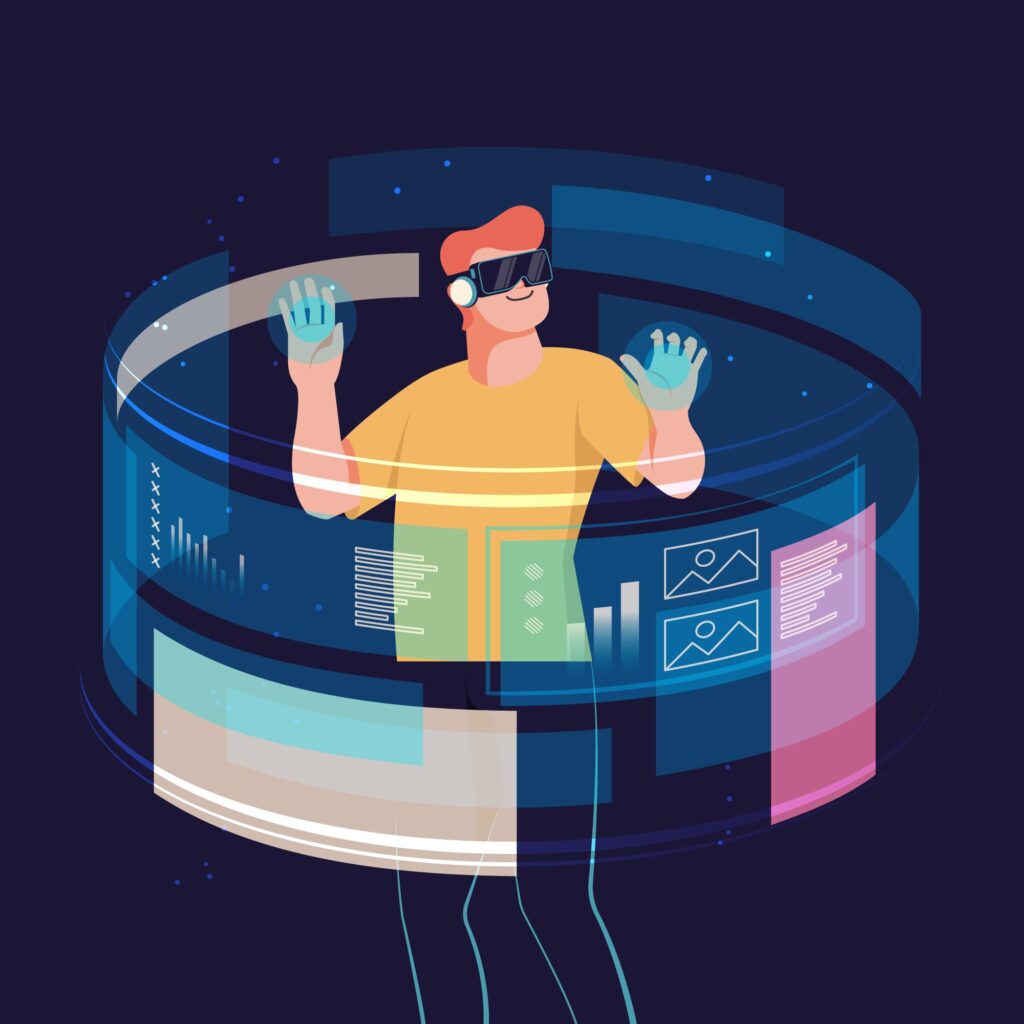
The Future of GPT Technology
The leap from GPT-4 to GPT-5 shows how quickly AI is advancing. With improved multimodal capabilities, smarter reasoning, and seamless integration into daily workflows, GPT-5 is not just a chatbot — it is the foundation for the next generation of intelligent assistants.
Looking ahead, future versions may integrate even more real-time learning, cross-platform memory, and broader sensory inputs, bringing AI closer to human-like adaptability.
Final Thoughts
When comparing GPT-4 vs GPT-5, the difference is clear: GPT-5 is faster, smarter, more accurate, and far more integrated into real-world applications. Whether you are a business owner, developer, or everyday user, upgrading to GPT-5 means getting the most advanced AI OpenAI has ever released.
In 2025, AI is not just about answering questions — it is about partnering with you to think, plan, and create. GPT-5 represents that vision in action.
Also Read: Browse AI: The Smartest Way to Extract Website Data Without Coding
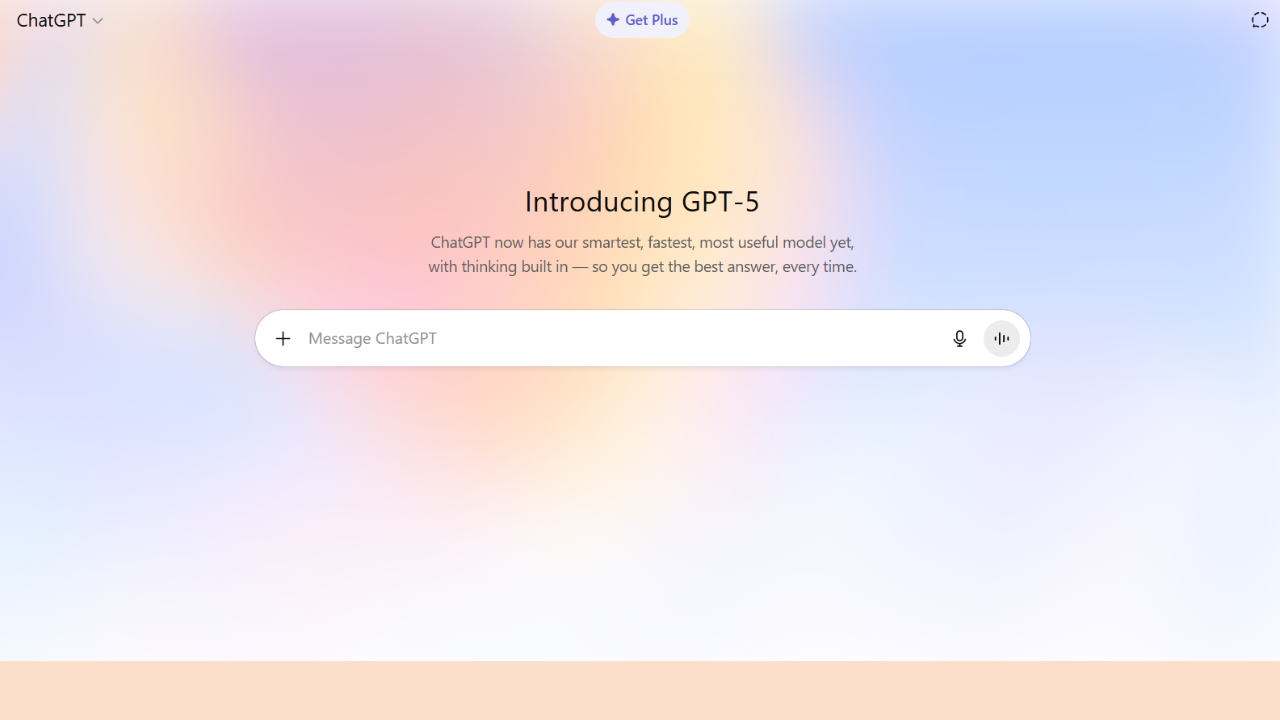
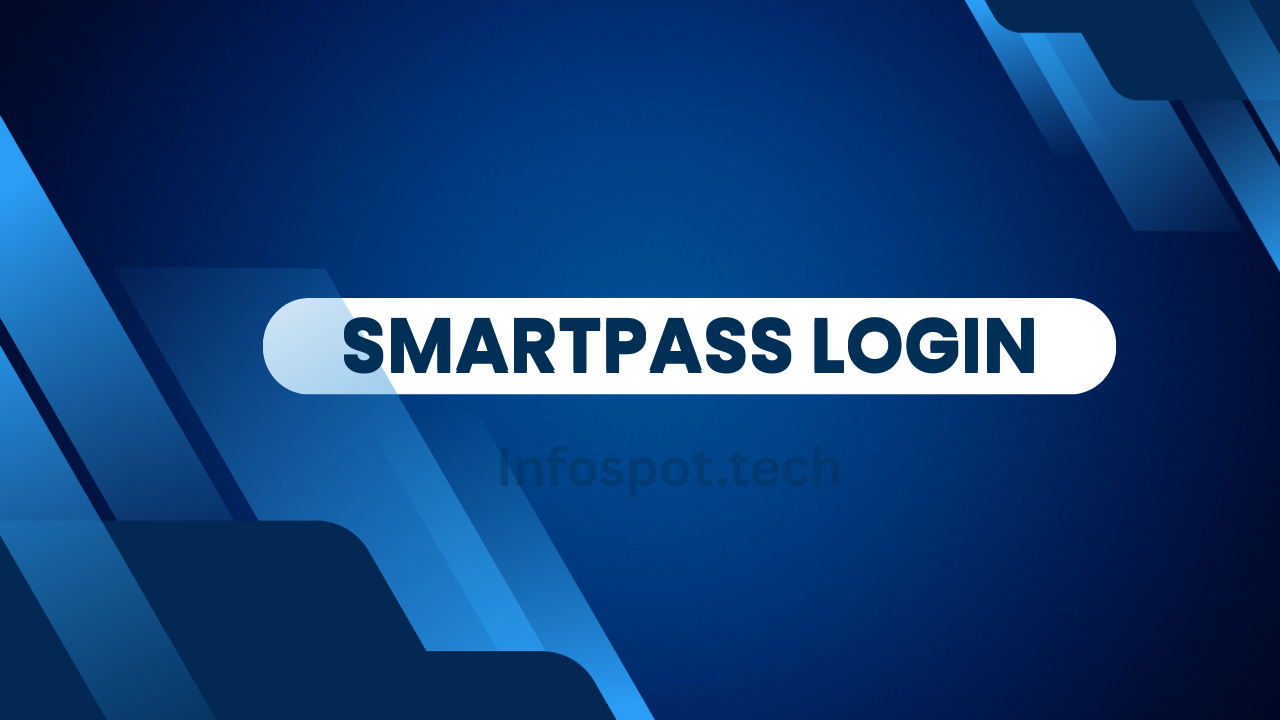

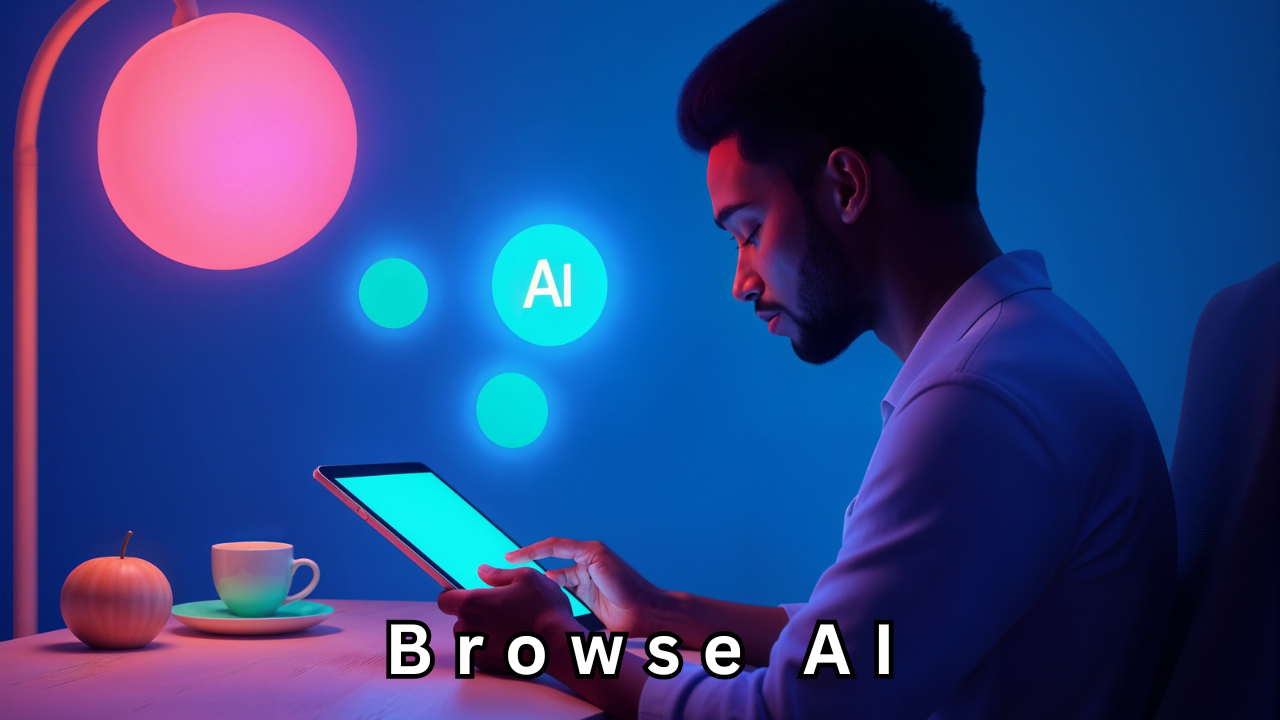
One thought on “GPT 4 vs GPT 5 – The Ultimate Comparison in 2025”
Comments are closed.